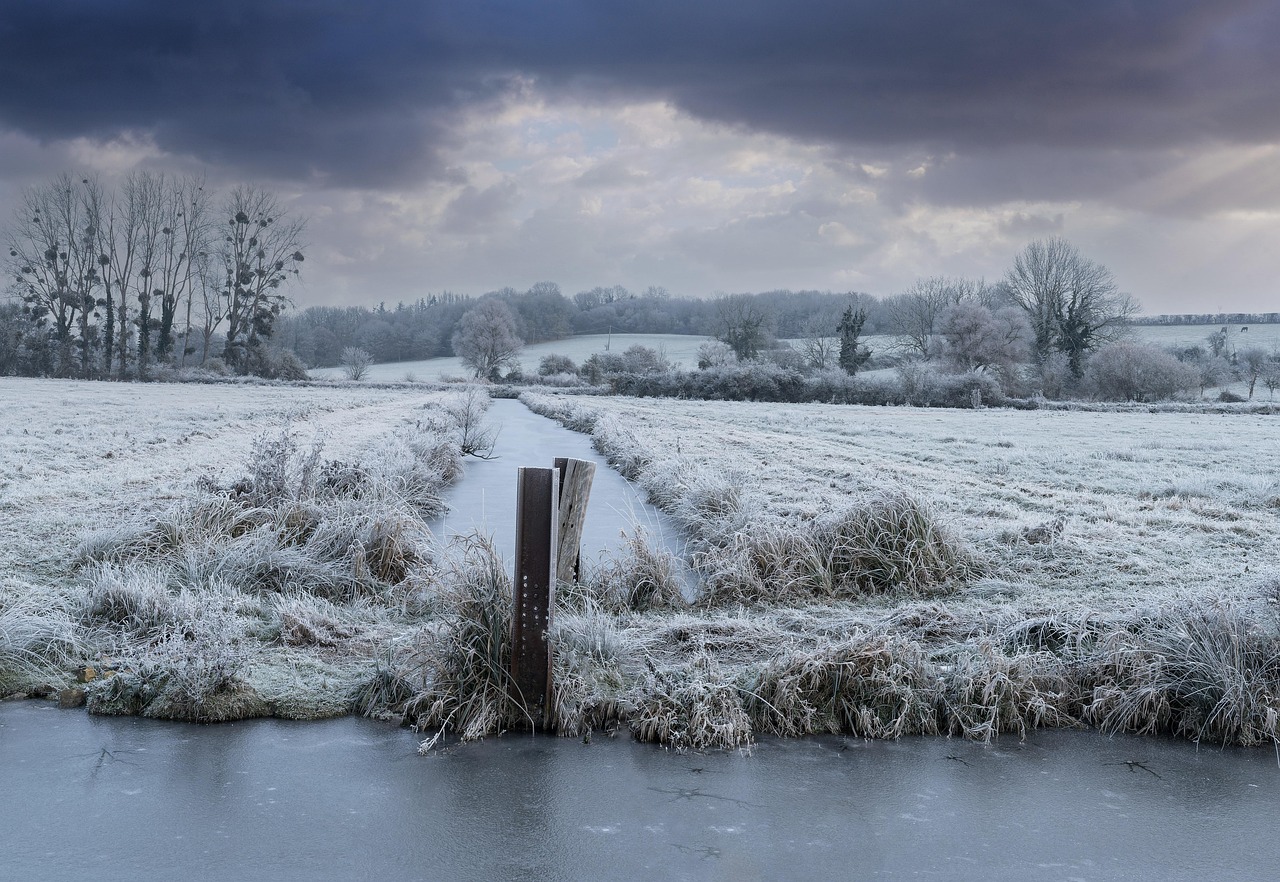
A guide to taking professional landscape photos
Landscape photography is very popular. I bet that if you look around your home, you will see at least two landscape prints that you really like. Photography is an art that has a message. As a photographer, you need to think about what you want to show people. If you specialise in landscape photography, you might think it's an easy task to complete. When taking photos, it's important to pay attention to the details like lighting, shadows, and the subject. You also need to think about the equipment you're using.
Black and white landscape photography is the hardest type of photography to make art because you are not relying on the colours as much as the lights and shadows in the image. It's really important to compose your work well. When taking a photo, you should look for things like sharp edges, tones and textures. The idea of black and white photography is to use the camera to capture what the human eye sees in colour, and to use the angle of the picture to bring the highlights and shadows forward. Black and white photos usually show buildings and water. Water makes the trees and rocks around it stand out, and attracts the eye. Landscape can include things like buildings and bridges, as well as other subjects. Buildings create the angles and contrast you want to make your image more defined and emotional.
If you want to take photos of landscapes in colour, you need to make sure there is contrast between the colours. If the sky is blue and the water is blue, the picture probably won't have the contrast you want. Just like black-and-white photography, you need to make sure your photo is in focus and that it is balanced. You will need to spend a few minutes getting the shot ready and take a few photos before you are happy with it. If you have mastered black and white photography, you will find colour photography much easier.
When taking photos of the countryside, it's best to use natural light. This is important when you are getting ready to take your shot. If it's a bright day, you'll need to use filters to block out the sunlight. You'll also need a tripod to steady the camera and a high-quality camera to take professional-quality photos. It's also important to study your subject from all angles. You want to make sure you are picking the best angle for the shot. The message is created by the photographer's skill.
You should practise your abilities. Digital photography makes landscape photography easier because you can check the photo before you leave the site. The LCD screen doesn't show everything about the print, so you should take a few photos of the same place to make sure the picture is perfect.
Even if you're just starting out as a photographer, you can get great landscape photos. The best way to take great photos is to practise with a subject. If you go back to the same place at different times of the year, you can get better at your sport and get a better print next time. All photographers start off at the same level. Some may have natural talent and an eye for taking photos, but it's through practice that they'll improve the most. Landscape photography is different from wildlife photography, where you have to move your camera to follow your subject, or take portraits where you have to make your subject look alive. Landscape photography does require skills and practice, though.